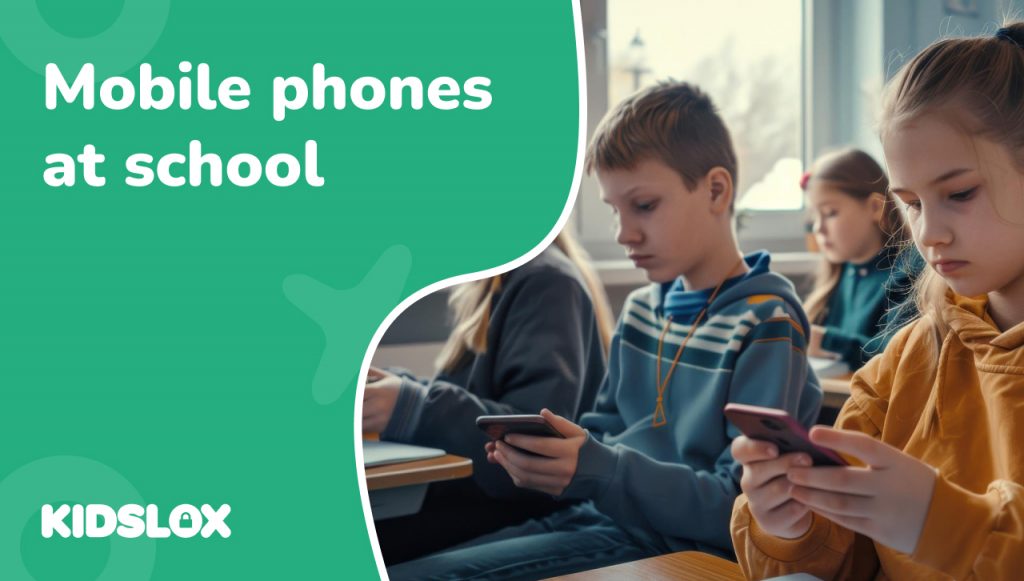Guiding your children in the online world
In today’s digital age, the task of parenting extends to a new realm: the internet. As parents, we must help guide our children through their digital journey, setting boundaries and ensuring their safety. This may seem daunting, but there are simple steps you can take to help navigate the ever-changing landscapes of the online world. This Guide To provides practical advice to help you understand and master digital parenting.
Digital parenting: understanding the risks of the online world
It’s essential to recognise the risks associated with our online activities and what that means for our children. The internet, while a source of vast knowledge, connectivity, and opportunity, also presents potential dangers that range from privacy breaches to cyberbullying. These include:
1. Privacy and security risks
Online privacy and security are paramount in the digital age. The risk of personal information being misused or stolen is a constant concern. Cybercriminals can exploit weak or reused passwords, unsecured networks, and phishing scams to gain access to sensitive data, leading to identity theft and financial loss. Furthermore, oversharing personal information on social media platforms can expose individuals to unwanted attention or malicious intentions. For children, this includes grooming from online predators.
2. Cyberbullying
The anonymity and connectivity offered by the internet have unfortunately led to an increase in cyberbullying. This form of bullying can have severe emotional and psychological consequences, particularly for young, impressionable users. Social media platforms, online gaming communities, and even educational platforms can unfortunately serve as venues for such behavior.
3. Exposure to inappropriate content
The digital world is awash with content that may not be appropriate for all audiences. Young internet users, in particular, are at risk of encountering explicit, violent, or otherwise harmful content that they might not be equipped to process. The ease in which children can access sexual and pornographic content is another major concern for parents.
4. Screen addiction
The immersive nature of digital platforms can lead to excessive screen time, contributing to a phenomenon known as screen addiction. This can affect physical health, leading to sedentary lifestyle habits, poor sleep patterns, and eye strain. It can also impact mental health, leading to feelings of anxiety, depression, and social isolation.
5. Misinformation
The spread of false information or extremist ideologies is a significant risk online. Without adequate digital literacy, children may fall prey to misleading or harmful narratives, impacting their beliefs and behavior at school and at home.
But the digital world isn’t all risks and dangers. It’s also a place of opportunity and learning. Encourage your child to use the internet productively, learning new skills, researching topics of interest, and connecting with others across the globe. You can read more about digital citizenship here.
6 simple ways to implement a digital parenting strategy
To guide your child in their digital journey, it’s crucial to first familiarize yourself with the platforms, social media sites, and games they engage with. Understanding these spaces empowers you to establish clear digital boundaries, including setting rules about appropriate websites, apps, and time limits to ensure a balanced lifestyle.
If you want to put a plan in action to help you put your digital parenting into action, here are some simple tips to follow:
1. Create a digital usage agreement or cellphone contract
Consider drafting a digital usage agreement together with your child. This document can outline appropriate online behavior, time restrictions, and consequences of breaches. Remember, this agreement should be flexible and adjust according to your child’s evolving online needs and be displayed somewhere easy to find in your home so that everyone can refer to it when needed. Kidslox has prepared a full article on how you can create one of these agreements for your family here.
2. Promote respectful online interactions
Teach your child the value of respectful online interactions and how they can become a responsible digital citizen by putting proactive and good behaviors into action. They should be able to recognise and prevent cyberbullying and feel comfortable reporting any inappropriate behavior they encounter online.
3. Understand and monitor kids’ social media use
Understanding social media and monitoring your child’s usage is a crucial part of digital parenting. Ensure your child only uses age-appropriate apps and that their privacy settings and restrictions are fully enabled. Kidslox has multiple features to make this easier – from a telescope feature that will show you their screen in real time, to a statistics overview to see where they’re spending their time.
4. Maintain open communication
Maintain open communication channels about your child’s digital experiences. Show genuine interest in their activities, and make sure they feel comfortable discussing any online challenges they encounter, such as cyberbullying or excessive screen time.
It’s also crucial that you understand the dangers of online grooming, and how predators can target children online. Find age-appropriate ways to bring this up with your children and empower them to report and talk openly with you about anything they find suspicious on social media.
5. Get some extra help from parental controls
Utilize parental controls and stay updated on digital trends and threats to protect your child proactively. Consider subscribing to newsletters from reliable tech and online safety sites or joining digital parenting forums to learn from others’ experiences too.
6. Make digital parenting a journey
If you view digital parenting as a journey that evolves alongside your child and advances in technology. Your aim is not to shield your child from the digital world, but rather to equip them with the skills and knowledge to explore it safely and beneficially and to empower them to feel positive about how they use the internet.
We hope this article has been useful! Check out the rest of our Guide To section for practical and easy-to-follow tips on putting your digital parenting journey into action.





